My hip/femur is now a few grams lighter. There’s less pain and more mobility. #projectfemur – for now – feels quite a bit better.
Sixteen days ago, Dr. Faucett removed some of the hardware from my January 2014 reconstructive surgery. As I wrote about in my previous post, the screws that bound my femoral head to the rod that aligned my broken femur had made their way into my hip capsule, playing bundles of nerves like a guitar pick on a string.
It was painful, to say the least. Standing up, sitting down, lifting my leg, walking, running, skiing – it all hurt. In the weeks leading into this most recent surgery, even riding my bike was painful. The nerves were so aggravated on a ride one week prior to my surgery that my entire right leg went numb, and I had to ride 25 miles back to DC more-or-less on one leg’s worth of power.
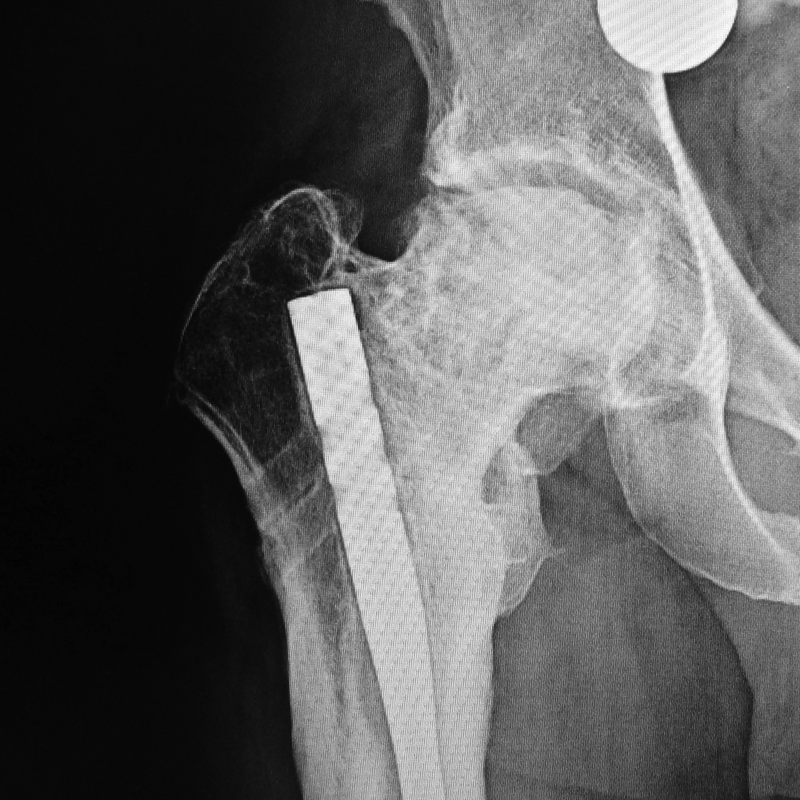
The surgery was a laparoscopic procedure, minimally invasive. One screw came out without a hitch, while the other brought a bit of dead bone with it on the way out so I wasn’t able to keep it. There was a ton of post-operative swelling: laparoscopy requires a lot of fluid to be flushed through the working area to provide a view for the camera, so the incisions drained for the better part of 30 hours. It was painful at first, and awkward.
But the pain soon subsided (I was off of the opioids within a couple of days, save for a few nights’ worth to aid sleep comfort during the heat wave), the swelling went down, and mobility returned to my leg rather quickly. I’m on a prescription NSAID (Celebrex, FWIW) that’s keeping any latent pain in check, but there isn’t a lot of pain to be found. I was cleared to bear full weight on the leg from the get-go, and graduated from two crutches to one within a week.
So things are better, much better.
However, the nerve pain being greatly reduced shows me how much biomechanical compensation I’ve introduced into my walking over the past year. My right hip flexor, gluteus, adductors, and hamstrings are very weak, and my right abductor is smaller than its left counterpart. In fact, my upper leg is one inch smaller in diameter than the left, and both legs are very lean right now. Below the knee, things are just about equal.
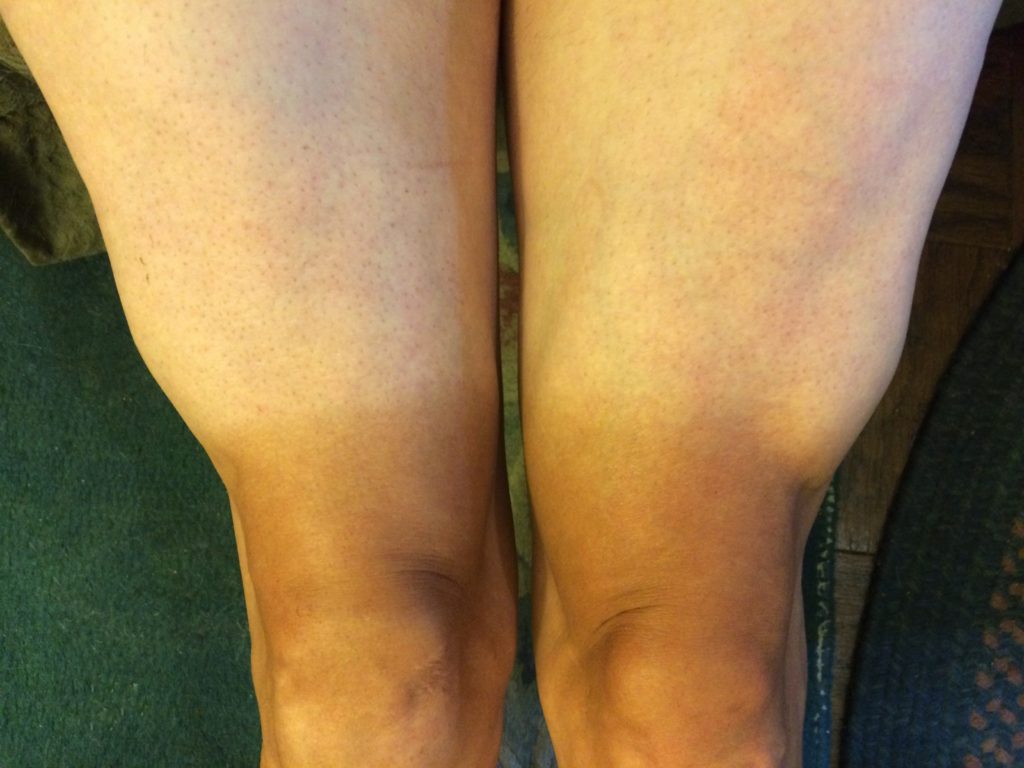
So I know what work I need to do in the next two months: get the right leg back into shape and try to get back some of the flexibility it had before necrosis set in. I know not to expect 100 percent pre-injury mobility, and that even 100 percent pre-injury strength is tough given the femur is still eroding. But getting things into shape, and closer to equilibrium, is key, whether I’m heading into a full ski season this winter or a total hip replacement just after Halloween (the timeline depends on how pain levels even out over the next 4-6 weeks, but I’m optimistic).
Dr. Faucett says it’s now entirely my own timeline to write, and I have a prescription for physical therapy to help along the problem areas. The muscles are already saying “thank you” to me in anticipation.
I’ll be researching orthopedists to do my total hip replacement. I have two primary parameters: the orthopedist must be well versed in revisions of previous hip replacements (i.e. compensating for already-compromised and rebuilt joints), and must be good at rebuilding the hips of impact sport athletes. I will leave no stone unturned in finding the right surgeon and the right replacement hardware for my needs.
Until then, I’m back on the bike, starting tonight at the penultimate “Downtown Breakaway” for the year. It’s a ride I organize every year, and I’ve missed the last two weeks due to the surgery. While I won’t be at 100 percent, it’ll be good to be back out there on two wheels with my friends.
Stay tuned…
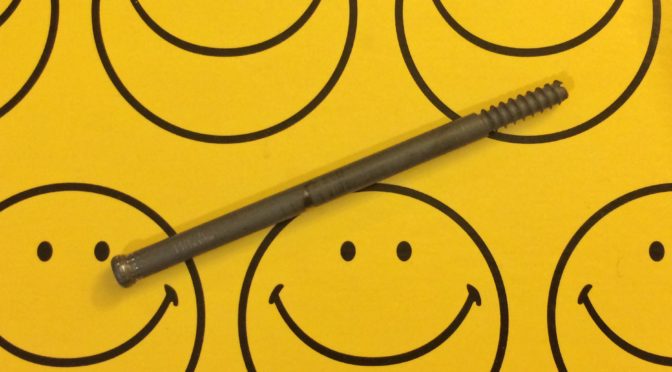

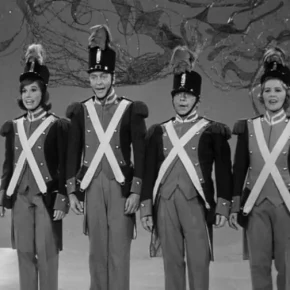
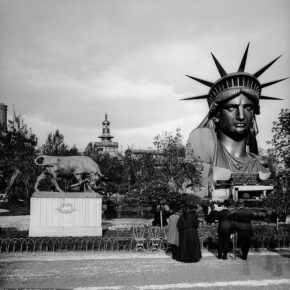










Comments by randomduck
virtual advent 2020: a fab holiday (and it’s been 40 years…)
@compassionknit: I think the issue is that John had Julian ...
ten on tuesday: the music died too young
Good call on those three!
my 30s: a look back
Thanks, Darren and Jeff! Jeff, riding along the California coast with ...